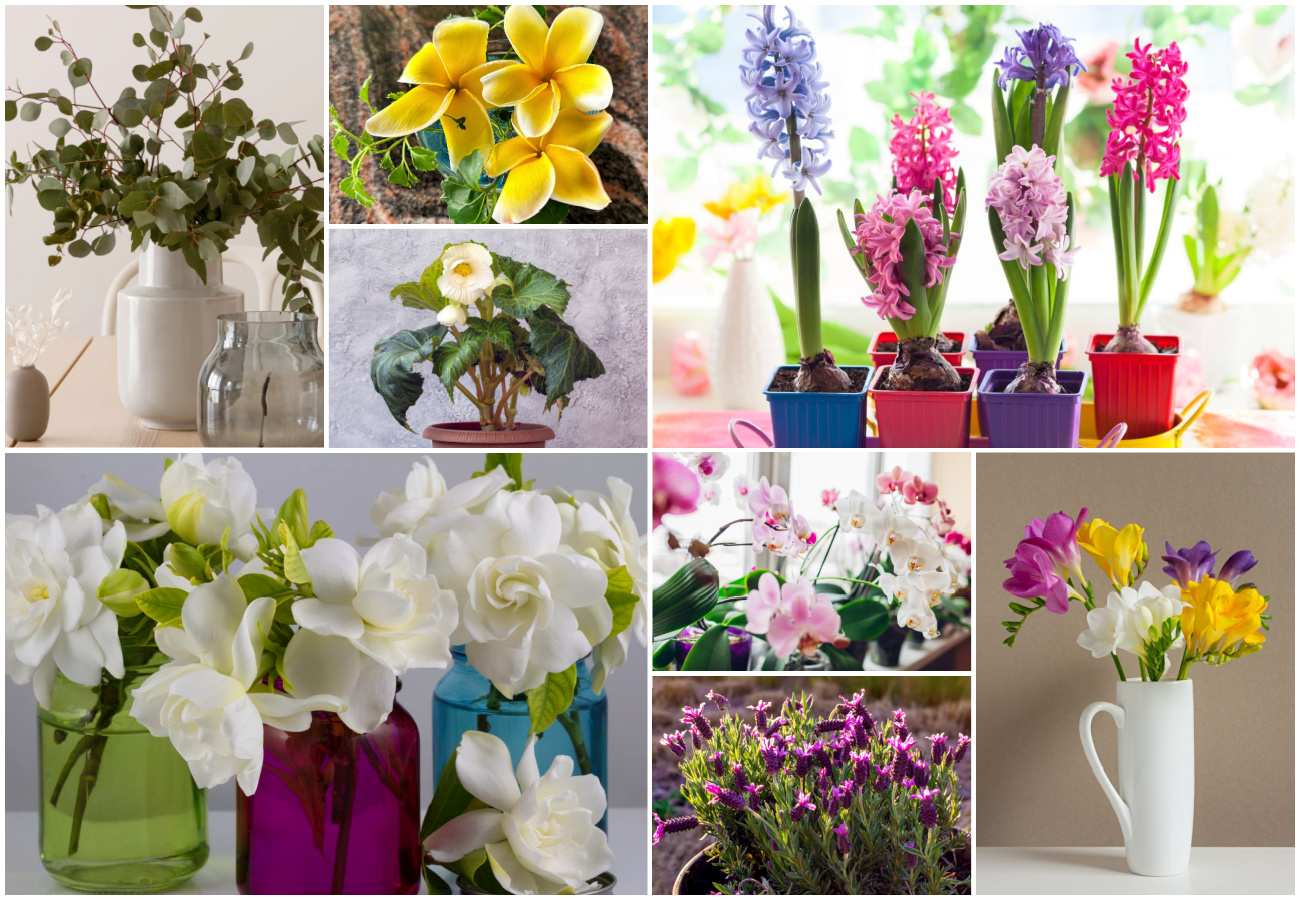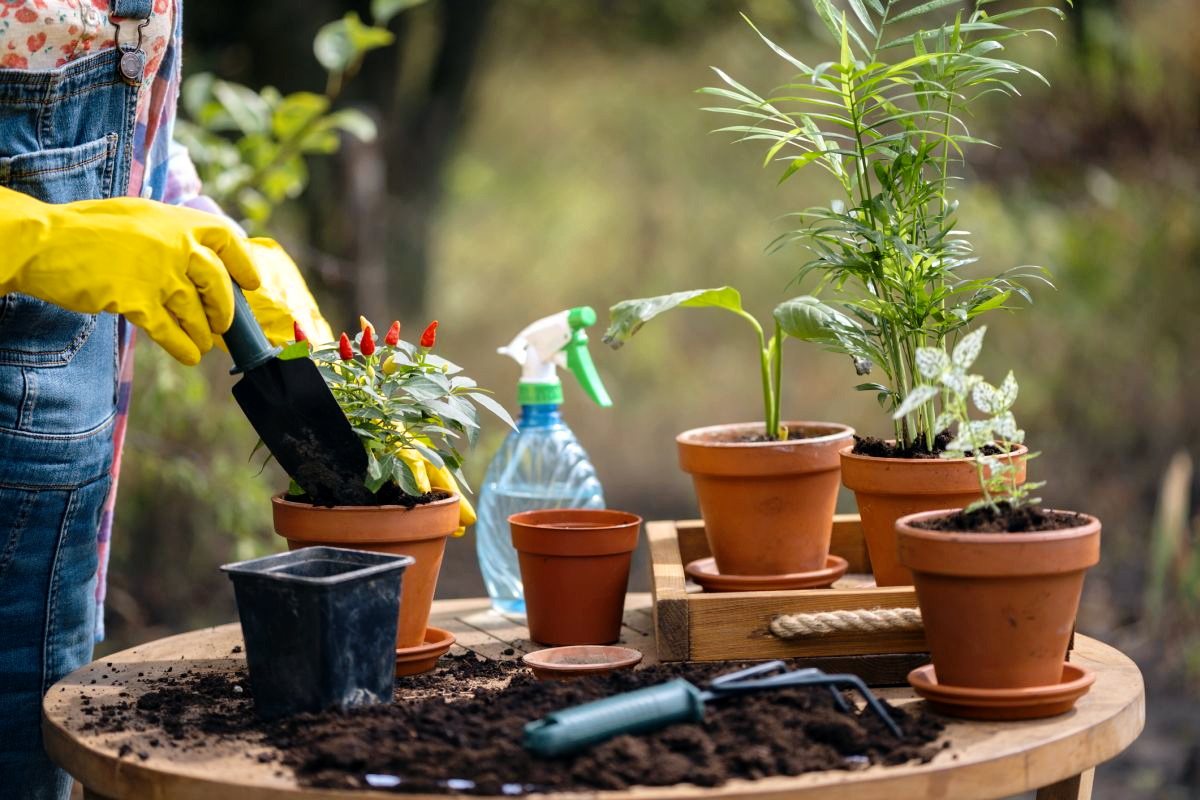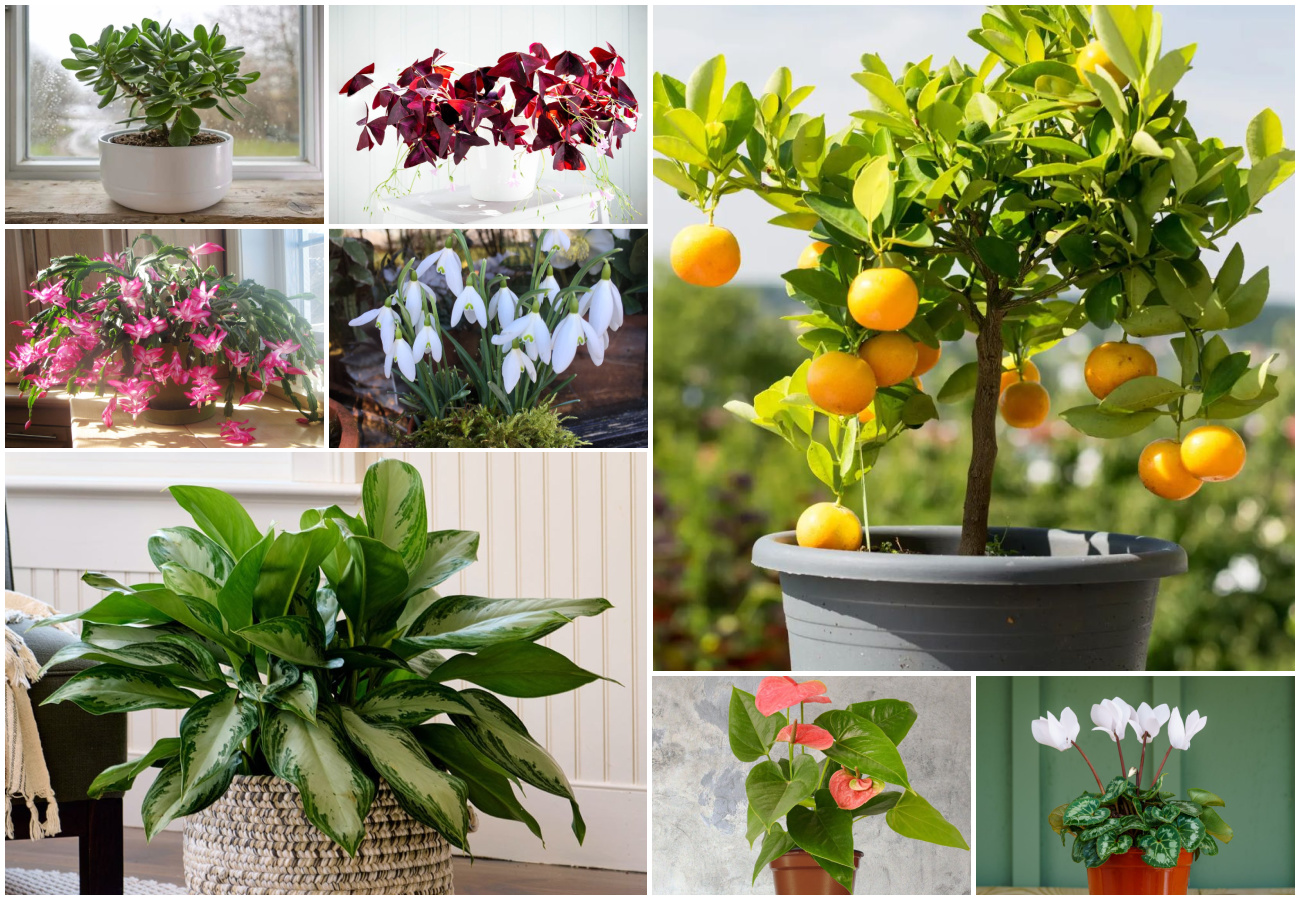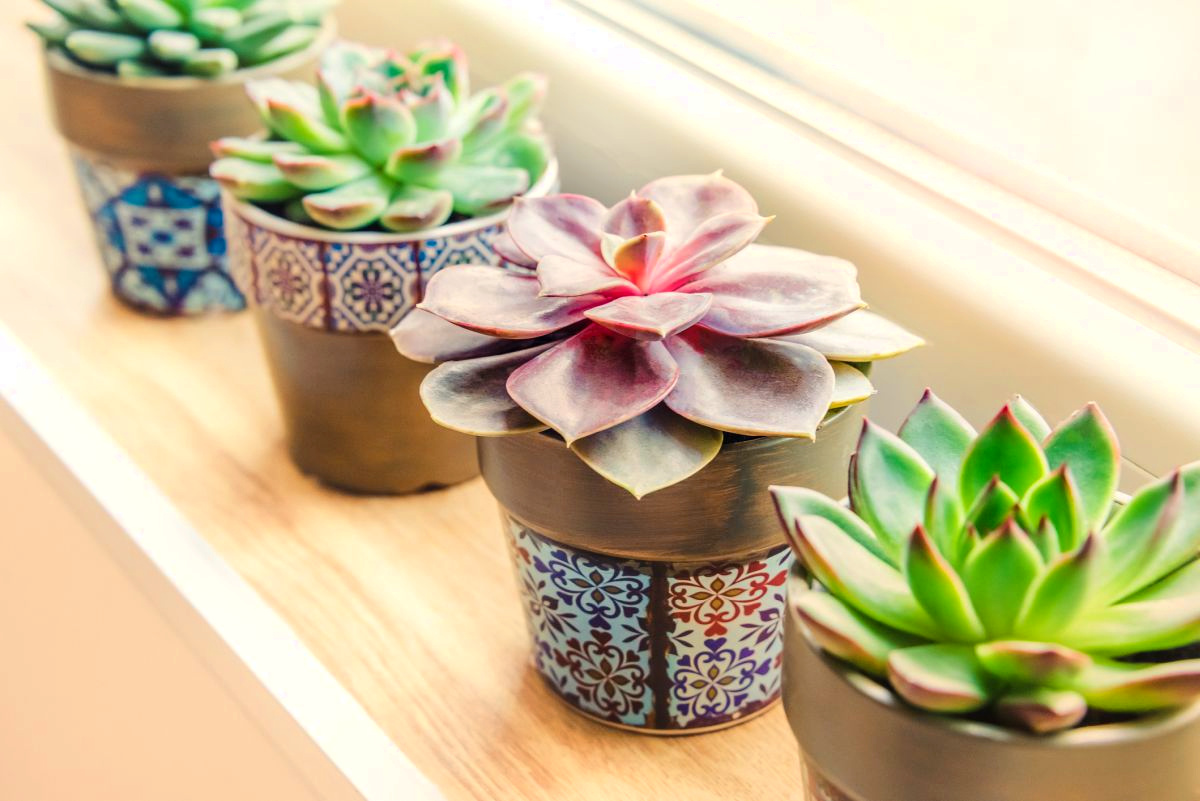Tillandsia Ionantha is a very popular air plant native to Central and South America. Also known as The Sky Plant, this hardy little plant needs little care and is very adaptable to most environments. Air plants are the perfect choice for those who love plants but have little indoor space.
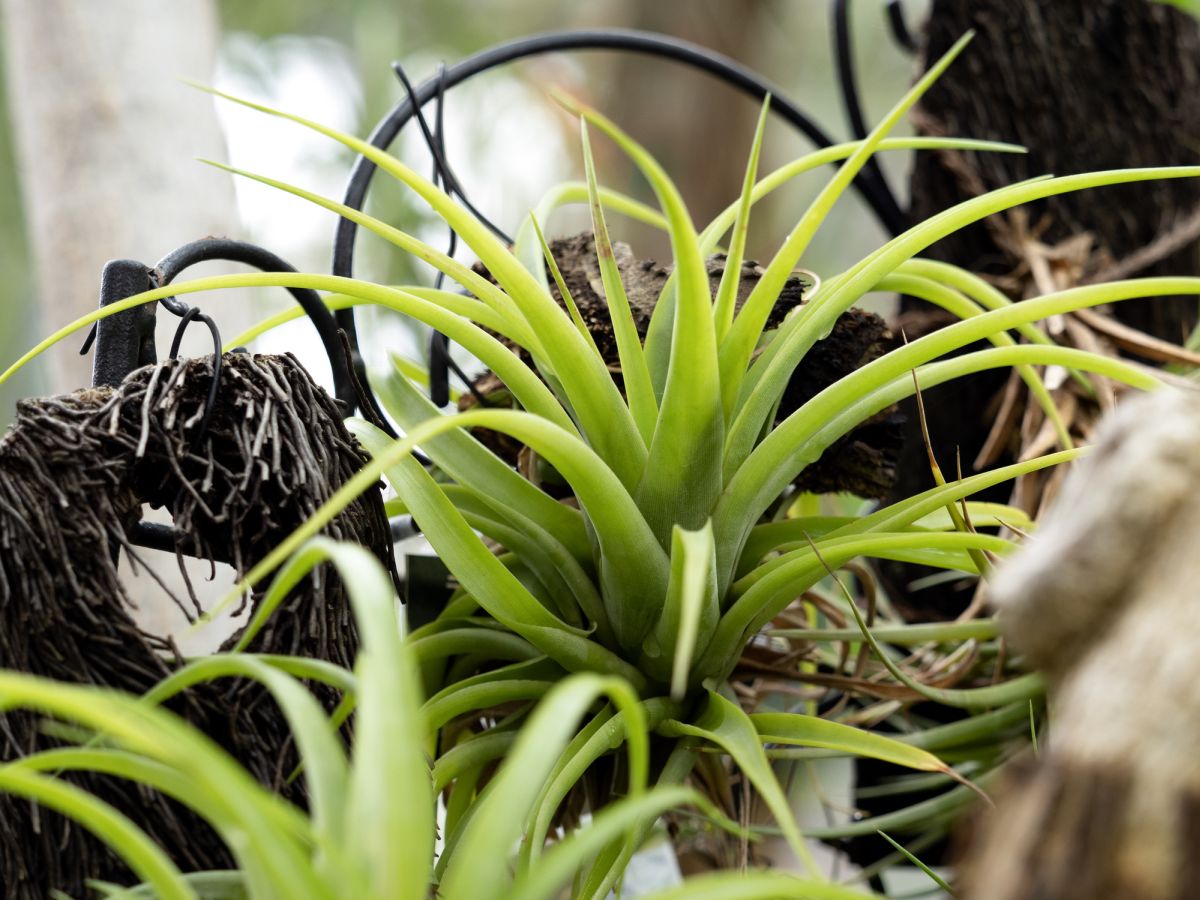
Tillandsia Ionantha Appearance
The Sky Plant requires no soil and very little water to thrive. This adaptable plant grows by either being mounted on a decorative piece of wood or sitting in a small terrarium. The Sky Plant starts out as a small cluster of grayish-green leaves, then grows to a size of 6 inches (15 cm). The thin leaves grow longer as the plant matures. The color of the foliage deepens through time. Air Plants only bloom once, then die. The flowers can appear any time of the year and are either white or yellow, emerging from a purple shoot.
Sky Plant Light Requirements
The sunlight needs of the Ionantha Air Plant is very important. Provide indirect or filtered sunlight for optimal growth. Artificial light is also acceptable when natural sunlight is not available. Avoid full sunlight with Tillandsia Ionantha as it dries out or burns the foliage. Low lighting for the Sky Plant is not advised as it decreases the chances of blooming.
Watering the Ionantha Air Plant
The Sky Plant’s moisture needs are less than most Air Plants. Water the plant by misting 2 to 3 times per week, or more if the environment is dry. As an alternative to misting, hold the plant under a slow trickle of water, from a tap, for a few seconds. Follow up by turning the plant upside down to drain excess water. Let the plant dry for a while before repositioning back in its regular spot.
Soil and Fertilizer Requirements
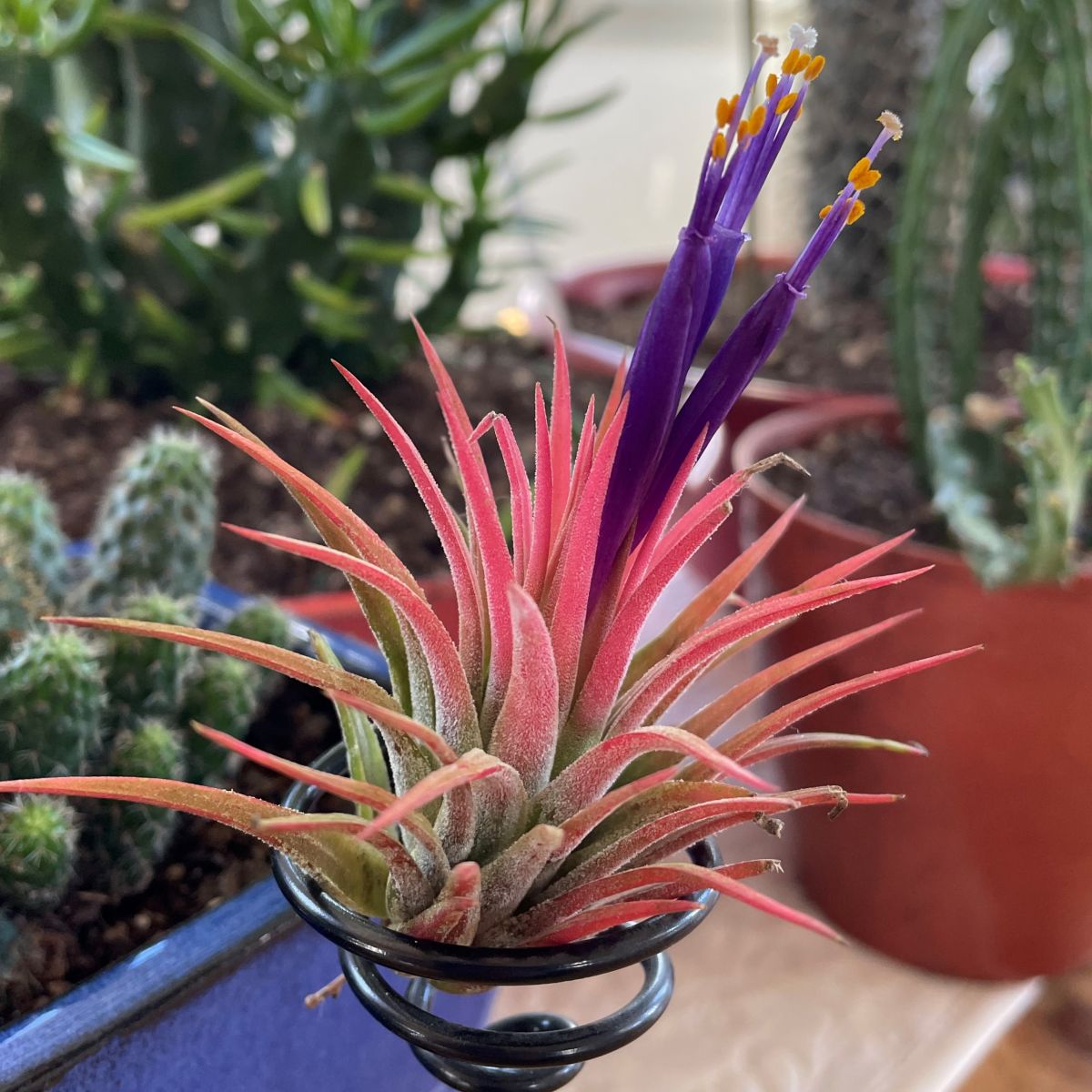
The Tillandsia Ionantha plant needs no soil to grow. The plant instead exists by either being attached to another plant or decorative mount, or placed in a soilless terrarium. Once or twice a month, feed your air plant with a fertilizer designed specifically for air plants. As an alternative, add fish emulsion fertilizer to the misting bottle.
Temperature and Humidity Levels
Air Plants require you to recreate their tropical environment as closely as possible. Keep temperatures between 60 to 80 degrees Fahrenheit (15.5 to 26.6 Celsius) from spring to fall. During winter, encourage blooming the following year by letting the temperatures drop closer to 50 F (10C). Also ensure the plant has good air circulation all year round. The Sky Plant’s humidity levels are met through the regular misting it receives. For dry environments, ensure the misting is more frequent.
Propagation of the Tillandsia Ionantha
Propagation of the Ionantha Sky Plant is achieved through the pups the mature plant produces. Once the pups are half the size of the mother plant, use a pair of sharp and sterile shears to carefully remove the pup. Attach the new plant to a mount with wire or place in a terrarium. Care for it as you would a mature plant.
Mounting the Sky Plant
If you choose to hang your Ionantha Sky Plant instead of placing it in a terrarium, you will need to use something to hold the plant in place. Metal wire is a popular choice, as it’s easy to find and can be adjusted. Use light-gauge wire that is easy to bend. Cut a length of wire and bend it in two. Wrap the middle around the base of the plant enough to secure it. Use the remaining two ends of the wire to wrap around what you are mounting the plant to. When choosing the wire, do not use copper, as it is toxic to plants.
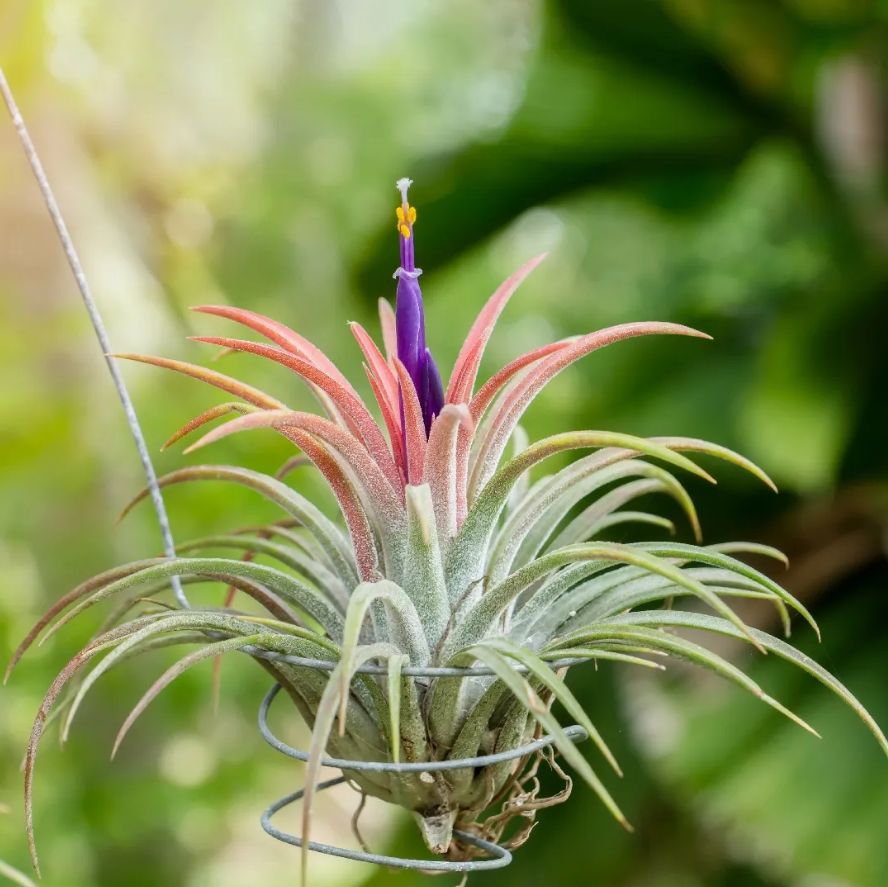
Fishing line is another option for mounting the plants. Use it the same as you would wire. The benefit of the fishing line is it is not visible like wire is. The last option is to glue the Sky Plant to the mount. This works, but is not recommended as it makes it impossible to move the plant without damaging it once it’s glued in place.
Tillandsia Ionantha is a small plant with big appeal. Air plants are low maintenance and make a stunning visual, especially when grouped together in a wall-mounted arrangement. For those who love to use plants in their decor theme, these plants are the perfect choice.
Tillandsia Ionantha FAQ
No, all Air Plants get their nutrients without the need for soil. While they grow roots, the roots are used primarily for attaching to objects for security, and not to draw in moisture and nutrients.
Because the plant does not grow in soil, it does not attract the pests many house plants do. Also, these plants are not affected by fungal issues as their roots are exposed to air and their leaves love humidity.
No, none of the Air Plants are toxic to pets and are considered safe.
Yes, you can grow this plant outdoors in USDA zones 9 to 11.
You can prune your Sky Plant to control shape and size, or to remove damaged leaves. When pruning, do not trim too close to the base.

